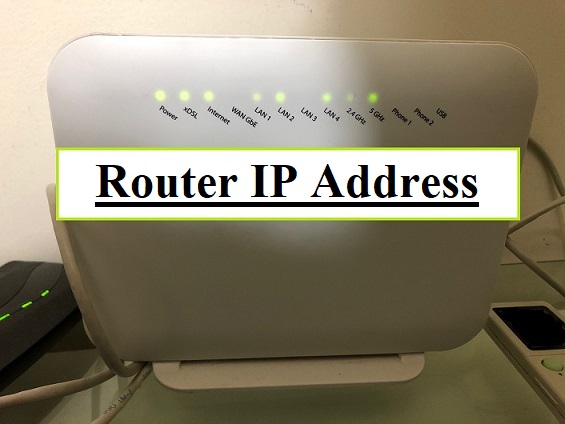Cisco add static route
Cisco IP phones offer an efficient means to interconnect two or more internal networks. A static route is defined as one that is not used by other users of the same network and is specific to one internal network. The concept of a static route is simple enough. Any given computer on the network can advertise its existence in the IP packet header, and when this packet is received by a router, it will find this particular network and return to it. If the router finds this route reliable, it will return to the source computer and that is why a static route is essential for IP networks.

There are different ways to create a static route on a Cisco switch or any other equipment based networking system. In general, when a client connects to the network, it will send an IP packet with the destination IP address, and this packet will be broadcast over the network. This “destination” will be the address of the machine that the client is connecting to. Each router within the entire network will then receive the IP packet and forward it to its respective output. This process will continue until there are no more packets being returned and are all routers on the network, receiving and returning the same IP packets.
There are a number of reasons why a router may decide to change the IP address. It could be because they have been unable to receive any traffic from a certain source and want to avoid collisions with that source, it could be because the IP address is already in use by another user on the network, or it could be because the IP address has already been used and is not available any longer. Regardless, of what the reason, changing the address or changing the routing tables will affect communication between the internal network and the outside world.
Cisco add static route
When a router receives a request for an IP address, it searches its cache for the information. Once it has located the requested address, it will return it to the network and then notify all routers on the network that the current route is no longer used. At this point, a static route will be created. It is used whenever a request for that IP address is received by the requesting application.
An IP-based service is used when a router receives an address request from an IP-based source. A static route will be created for the network as a part of the initial configuration for that particular network. After a successful connection, the network administrator may allow the Static route to take over if a connection has been lost. If the IP-based service is enabled, routers can detect this and respond by dropping or delaying any requests for addresses that are not associated with any of their settings.

The purpose of the static route is to provide an IP-based service to applications that do not require a static IP address. The normal route would normally depend on the destination IP and select an appropriate gateway. With the static route, this process does not occur. The route will select the nearest available gateway. This allows the system to select an address whenever it is necessary.
In some networks, you may find that there are some instances where users have access to the internet and each of these individuals may have a different IP address. To solve this problem, the Cisco IP phones include a feature called Static IP Address Assignment. This feature enables you to assign static IP addresses to certain users that have internet access and for security purposes.
You can learn more about Cisco routers and the features they provide by reviewing the Cisco Documentation database. You will also find detailed information about the different types of routing protocols that are supported by the devices. To get the most from your device and to avoid problems, make sure you know what kind of traffic you are expecting to use the device for and how you intend to configure it. Once you have done this, you can then apply the correct configuration and create your own IP-based service. Remember that you need to create the route based on the subnet of the router as well as the destination IP in order to be able to fully utilize the features offered by this kind of router.
<
